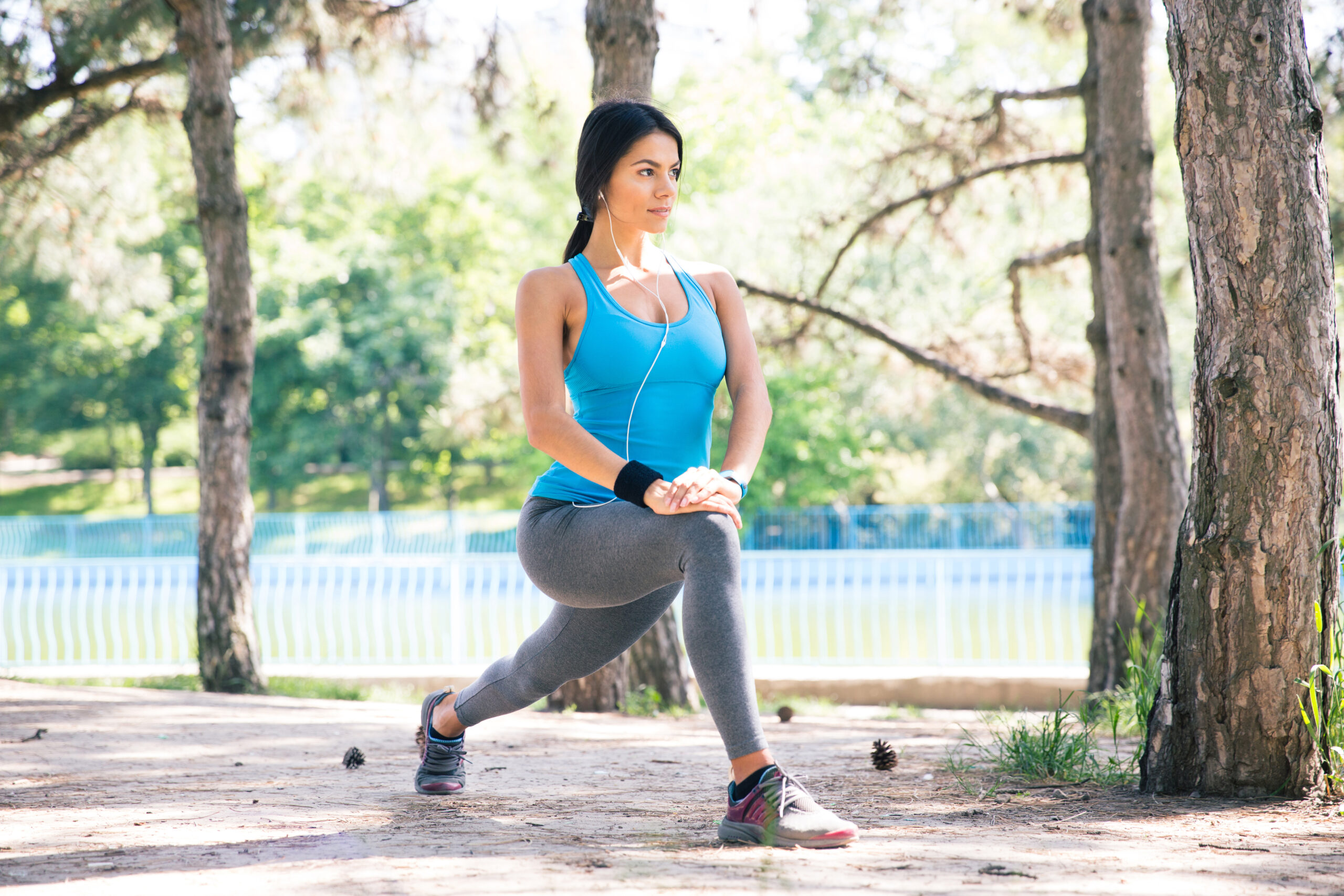Welcome to the world of DIY gym equipment! Building your own home gym can be a fun and cost-effective way to stay fit and healthy. In this article, we’ll explore everything you need to know about creating your very own DIY gym, including tips on how to build it, what equipment to use, and safety precautions to take. Let’s get started!
Introduction to DIY Gym Equipment
Building your own home gym is not only possible but also rewarding. With a little creativity and some basic tools, you can create a space that meets all your fitness needs without breaking the bank. There are many benefits to having a home gym, such as convenience, flexibility, and privacy. You can work out whenever you want, without worrying about crowds or waiting for machines. Plus, you can customize your gym to suit your specific goals and preferences. Whether you’re looking to lose weight, build muscle, or simply maintain your overall health, a DIY gym can help you achieve your objectives.
How to Build Your Own Home Gym on a Budget
The first step in building your DIY gym is to identify the space available. Choose an area that is spacious enough to accommodate your equipment and movement patterns. Once you have identified the space, consider purchasing secondhand equipment from garage sales, thrift stores, or online marketplaces like Craigslist or eBay. This will save you money while still providing high-quality equipment. Some popular items to include in your DIY gym are dumbbells, resistance bands, kettlebells, pull-up bars, and exercise balls.
Another option is to make your own equipment using common household materials. For example, you can turn a pair of old jeans into a makeshift jump rope or use PVC pipes to construct a squat rack. The internet is full of tutorials and instructions for making your own fitness equipment, so do some research and get creative!
Once you have your equipment set up, it’s time to design a workout routine. Here are some ideas for exercises you can incorporate into your routine:
1. Squats – one of the best exercises for toning your legs and glutes. Simply stand with your feet shoulder-width apart and lower yourself down until your thighs are parallel to the ground. Then push through your heels to stand back up. Repeat for sets of 8-12 reps.
2. Pushups – great for strengthening your chest, shoulders, and triceps. Start by lying face down on the floor with your hands shoulder-width apart. Extend your arms to lift your body off the ground, then lower yourself back down. Repeat for sets of 8-12 reps.
3. Lunges – another excellent leg exercise that targets your quads and glutes. Step forward with one foot and lower yourself down until your front knee is at a 90-degree angle. Then push through your front heel to stand back up. Repeat on the other side for sets of 8-12 reps.
4. Plank – a core exercise that helps improve posture and stability. Start by getting into a pushup position, but instead of lowering yourself down, hold your body straight for 30 seconds to a minute. Make sure to engage your abs and glutes to prevent sagging.

5. Burpees – a full-body exercise that combines a squat, pushup, and jump. Start by standing with your feet together, then squat down and place your hands on the ground. Jump your feet back into a pushup position, perform a pushup, then jump your feet back up to your hands and stand up. Repeat for sets of 8-12 reps.
Safety Tips When Using Homemade Fitness Equipment
While homemade fitness equipment can be cost-effective and convenient, it’s essential to follow proper safety guidelines when using them. Here are some tips to keep in mind:
1. Use appropriate weights and resistances – start with lighter weights and gradually increase as needed. Avoid using too much weight or resistance, which can lead to injury.
2. Wear comfortable clothing and shoes – choose clothes that allow freedom of movement and support your joints. Wear athletic shoes with good traction to prevent slipping.
3. Stretch before and after working out – warm up with light cardio and stretching exercises to prepare your body for more intense activity. Cool down afterwards to reduce soreness and stiffness.
4. Follow proper form – always focus on proper technique and form when performing exercises. If you’re unsure about how to execute certain movements safely, consult with a certified personal trainer or watch instructional videos online.
Conclusion
In conclusion, building your own DIY gym can be a fun and rewarding experience. By following these tips and incorporating safe and effective exercises into your routine, you can achieve your fitness goals without breaking the bank. So what are you waiting for? Get started today and enjoy the benefits of a home gym!
